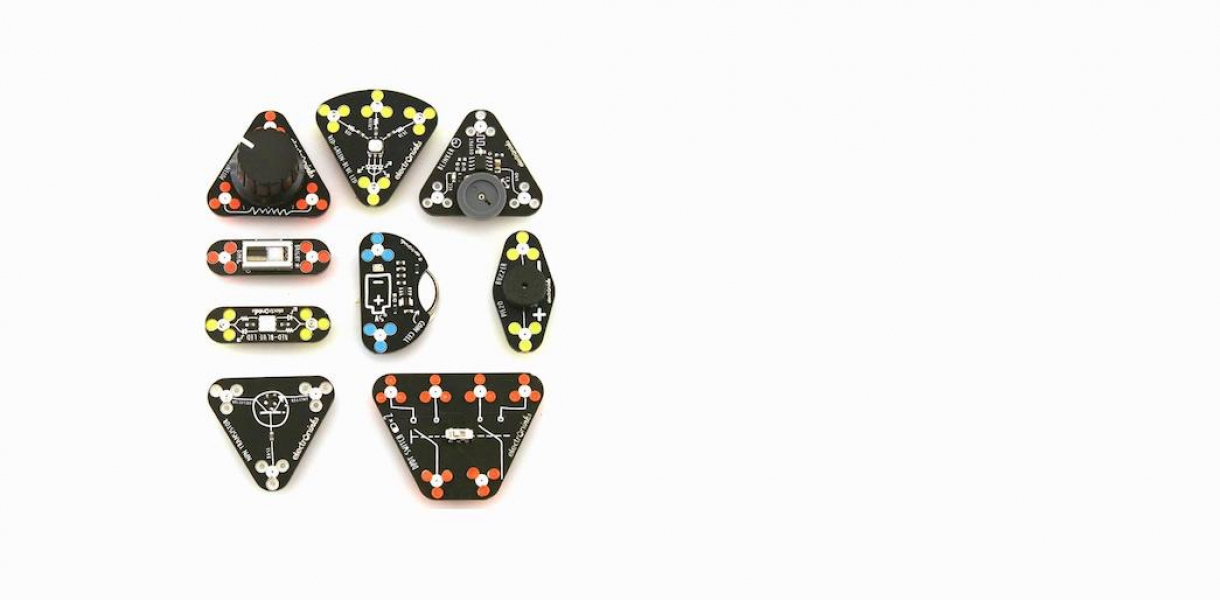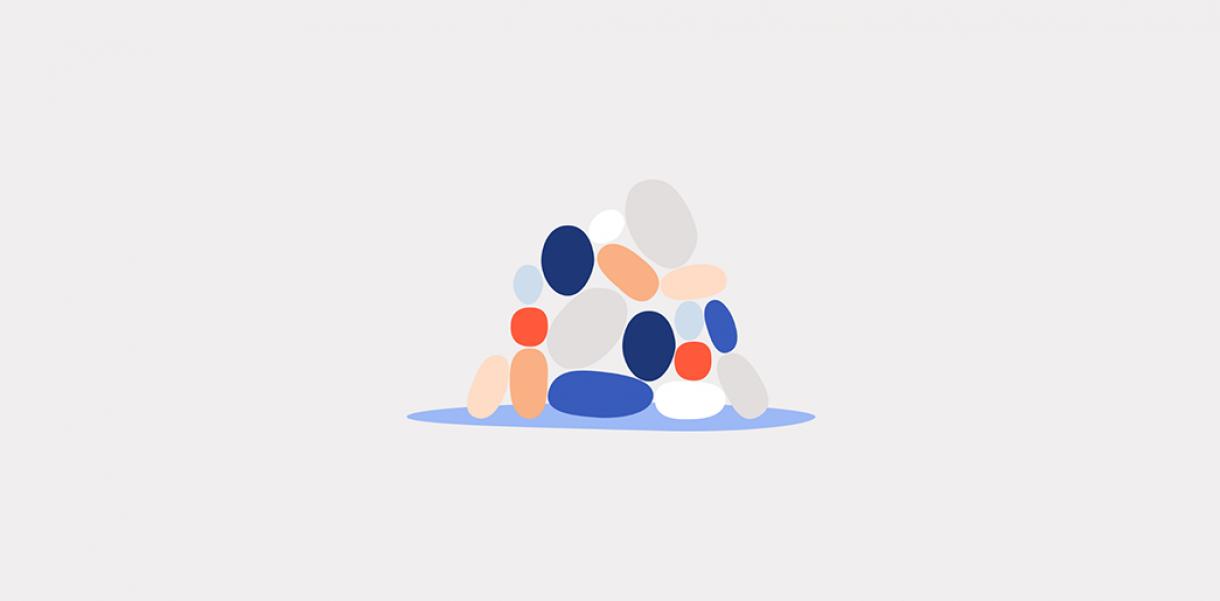In collaboration with Siemens Stiftung, we ended 2019 by going to Chile to run the workshop: Design Thinking in STEM Education. The workshop was hosted by Pontificia Universidad Católica de Chile in the beautiful city of Villarrica, 700 km south of Santiago and close to the Villarrica Volcano.
The 27 workshop participants were educators from Chile, Mexico and Columbia. All of who work in the field of science and teaching at primary school level, and all with a strong knowledge of STEM education (science, technology, engineering and mathematics).
What we provided is a way of applying creativity and design thinking to their scientific methodology. We gave them basic knowledge of design thinking and taught them how to use the Design to Improve Life Compass to encourage innovative thinking in their daily classroom work – for themselves and their students.
In essence, through the workshops, we teach the educators how to address critical problems in our society with design-based knowledge. And, by introducing these methods in the classroom early, we can help encourage and shape the next generation of change-makers.
"By introducing these methods in the classroom early, we can help encourage and shape the next generation of change-makers."
Before arriving in Chile, we were concerned about the teacher's ability to focus on the workshop due to the recent protests and riots happening in the country's major cities. But the workshop was quite timely, as it appeared that the teachers were seeking inspiration and motivation to address some of these issues. And perhaps this challenge in mindset and new innovative method of problem-solving can help create change in their society.
It was also a lovely coincidence to be in the country where celebrated philosophers Humberto Maturana and Francisco Varela, behind Systemic Thinking and Autopoiesis, come from as they are two foundational theories to the methodological structure of our Compass.
Autopoiese is the theory that explains how each individual has their way of perceiving the world in a specific situation - meaning we create our own images. This means, there's a diversity of realities that must be reconciled in a teaching situation. The solution to autopoiesis is that the teachers make their assumptions conscious and are curious, acknowledging and investigating the various truths they encounter in the classroom or with the students.
The participants in Villarrica were very receptive to the idea of challenging the teacher's role in the classroom. The strategy of going from teaching to facilitating the students with understanding a subject and gaining knowledge. This can be particularly difficult for teachers, especially if there isn't a culture for this style of education in your learning environment.
"Acquiring new learning methods isn't something that happens overnight. It requires that educators change the context markers that make up their traditional teaching practice."
But, acquiring new learning methods isn't something that happens overnight. It requires that educators change the context markers that make up their traditional teaching practice. Context markers are the physical space you're teaching in, the time spent on a subject, the dynamics in the classroom (the hierarchy), group work vs individual, and so on. It also requires that the teacher allows the students to take responsibility for their learning. The teachers provide the students with a systematic toolbox that enables them to handle the process themselves.
The participants in Villarrica really found inspiration in our Compass and had an open-minded and curious attitude to the process we led them through. While we're not experts in their work and their context, we provided them with a tool to give them an extra dimension to their work – a creative and innovative dimension. This is something we always strive to do with our education programs. We invite them into our way of being responsible citizens; using design-based methods to make the world a better place.
-
Images: Siemens Stiftung






